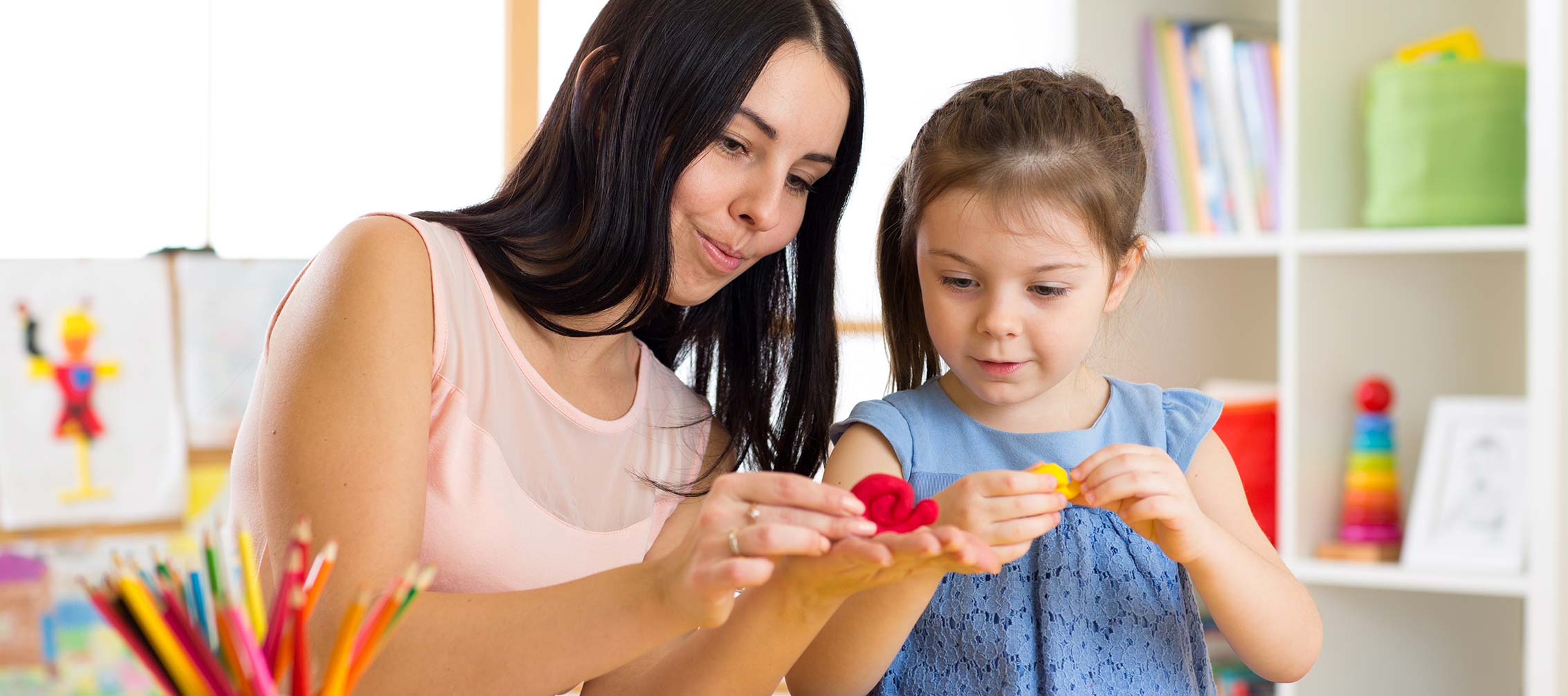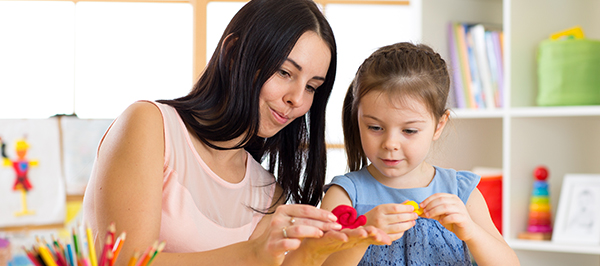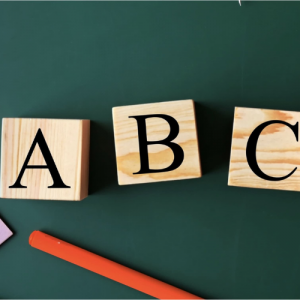First, what do we mean by a session structure in terms of ABA? It is the way that a session is conducted on a scheduled basis. ABA Therapy Sessions schedule could range from two to four, or even six hours. This would vary according to your child’s needs and availability. Having a combination of different techniques throughout the session provides your child with the most benefit. If we were to sit down in a session and just do tablework, children might get bored or the actual therapy could become aversive; so, having a good mix between different techniques is important to keep your child motivated, engaged, and providing them with the greatest number of opportunities to learn.
Why Session Structure Matters for Progress
A well-structured session helps children stay engaged, reduces frustration, and builds learning momentum. When a session flows smoothly, your child gets more opportunities to practice new skills. Research in ABA shows that consistency and planning can speed up progress in areas like communication, social interaction, and daily living. In other words, structure gives children the best chance to succeed.
Across Settings Intervention
The best ABA session structure also depends on where we are conducting our session. We usually have three specific settings: school (public, private daycare or preschool), in-home, or even in a clinic or center-based program. Conducting sessions in any of these settings may have differences, but overall, the session structure should be similar. We have different things that we incorporate into a session that help the session run smoothly and make it not a rigid experience but something playful and fun for your child. Regardless of where the session is held, it is important to move within the environment. For example, if we are in a home session we might run some goals in the playroom, others in the kitchen, we might also incorporate some activities of daily living in the bathroom, such as brushing teeth or getting dressed. Moving throughout the environment helps with generalization and allows children to practice different skills.
Balancing Flexibility with Consistency
Every child is different. That’s why ABA sessions combine predictability with flexibility. A predictable framework helps children feel safe because they know what to expect. At the same time, therapists can adjust the plan if your child is tired, upset, or showing interest in something new. This balance allows therapy to stay effective while still being child-centered and responsive.
Naturalistic Teaching
One of the main and most significant components of any ABA session is naturalistic teaching. We use everyday events or items that happen around each environment to teach different skills. For example, if we are in a home setting and we go for a walk, we might see a butterfly. We might not have labeling “butterfly” as a goal. However, we are still going to look at the butterfly and label things that are happening around it like, “Oh, wow! Look! There is a butterfly!”, or “It is flying! It has wings!”, or “It is orange and black!”. So just during that snippet of time, we are working on actions, colors, the object itself, which in this case would be the butterfly. All those things are worked into those four or five seconds in which we are teaching.

DTT
Another important component of an ABA session is what we call DTT for short, which means “Discrete Trial Training”. This is one of the gold standards within ABA sessions for children with any type of developmental delay or cognitive impairment. Here, we are teaching by trials (practice, practice, practice). This technique is often done at a table but can and should be utilized during different settings and interactions. When we see a butterfly, we say, “Oh look! It’s a butterfly! A butterfly! What is that? A butterfly!”, or “Wow! It’s color red! Color red! What color is it? Color red!”. In short, we are repeating by trial the things that we are teaching. We are going to practice by repetition during that session. This allows your child to get the correct answer because they learn by repetition. Within DTT, we also incorporate errorless teaching, which means we want to avoid your child making errors, so we will either give them the answer, prompt them to answer, or show something that will give them an idea until they master it and learn to answer by themselves.
Parent Involvement
The involvement that caregivers have within the session plays a significant role in the progress of a child. This allows the RBT, or whoever is doing the direct service (BCBA or RBT, most likely RBT), to share with parents and caregivers what is going on and how to proceed in reinforcing positive behaviors. During this time, we could also work on play skills, things that will allow your child to interact with you or caregivers appropriately. It also allows us to have a structured time in which parent or caregiver training can be done directly with your child. The biggest component of this is that it really allows you, parents, to continue to follow through with these tools and techniques outside of the session.
Use of Reinforcement Strategies
Reinforcement is at the heart of ABA sessions. By rewarding small steps, therapists help children build confidence and celebrate progress.
Examples of reinforcement in a session:
- Verbal praise: saying “Great job!” or “I love how you did that.”
- Tangible rewards: small toys, stickers, or tokens.
- Activity-based rewards: extra time with a favorite game or outdoor play.
- Social reinforcement: high-fives, smiles, or positive attention.
Parents can also use these strategies at home. Simple praise, special playtime, or a small reward can go a long way in reinforcing positive behavior.
Addressing Transitions During Sessions
Transitions can be tough for many children. Moving from one activity to another often brings stress. In ABA sessions, therapists use tools like visual schedules, countdowns, and clear warnings to make transitions smoother. Parents can use the same strategies at home. A simple “two more minutes” reminder before turning off the TV or a picture schedule for bedtime can reduce resistance and frustration.
Incorporating Data Collection and Progress Tracking
Data collection happens throughout every session. Therapists write down how your child responds to goals, what prompts were needed, and how much progress was made. This information guides treatment plans and ensures therapy stays on track.
Parents can also use data strategies at home in a simple way:
- Keep a notebook to track new words your child says.
- Record how often your child follows a direction without help.
- Write down when challenging behaviors happen and what led up to them.
These notes give valuable insights to share with your therapy team. They also help parents see progress more clearly, even in small steps.
Things You Should Know About ABA
Get the must-know facts about Applied Behavior Analysis—all in one guide
Free downloadSocial Opportunities
In every session, I would say that part of every session should have plenty of social interactions. We create these interactions among us, your child and us, the providers, but we should also have access to different people within the session. We know that one of the main deficits in children with exceptionalities is their social skills. Let us say when we ask your child his or her name, he or she knows how to answer. Exchanging information in a less-controlled setting, wherein when someone asks them a question, they take into account that they are stranger-danger. In the same area, we are also going to work with children that are more advanced learners like staying on topic, making sure that they could be passionate and engage with peers. Overall, what is important is your child gets to socialize with people around him or her.
Common Myths About ABA Session Structure
Parents sometimes hear things about ABA that are not true. Clearing up these myths helps you see what really happens in a session.
- Myth: ABA is only tablework. Truth: Sessions include play, movement, and natural activities—not just sitting at a table.
- Myth: ABA is too rigid. Truth: Sessions are structured but flexible. Therapists adjust based on your child’s needs and interests.
- Myth: ABA is not fun for children. Truth: Play is a big part of learning. Fun activities are built into every session to keep children engaged.
- Myth: ABA ignores real-life situations. Truth: Goals are practiced in natural settings like home, school, or community to make skills useful in everyday life.
Tips for Parents to Support Sessions at Home
The impact of ABA grows when parents follow through at home. Here are a few ways you can help:
- Use consistent routines to support learning.
- Give praise for small successes.
- Practice therapy goals during everyday activities like mealtime or play.
- Stay in touch with your child’s therapist for updates and strategies.
When parents mirror session structure at home, children get more chances to practice—and progress happens faster.
Final Thoughts
Every ABA session is carefully designed to help children grow, but the best results come from more than just the time spent in therapy. A strong session structure keeps children engaged, balances learning with play, and creates space for real progress. When parents, therapists, and children work together, skills learned in sessions can carry over into daily life. With the right balance of consistency, flexibility, and support, ABA becomes not just therapy—it becomes a pathway to greater independence and confidence for your child.
If you would like to speak with a specialist, contact us. Follow us on Facebook, Instagram, LinkedIn, and Twitter to stay on top of our latest updates.









Leave A Comment